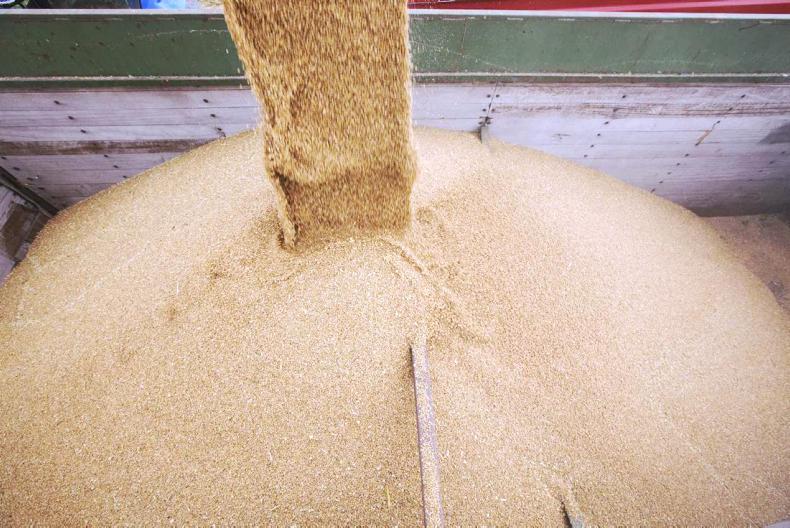International grain markets gained and lost a little in the past week. This appears to have been mainly driven by increased fund investment. It would appear that this was influenced by positive US export demand, reduced Canadian wheat output figures and ongoing concern about maize production in Ukraine.
By the middle of this week, US and EU futures prices appeared to be weakening again. Weak sterling continues to help internal UK prices, as did the recent report of low stock levels there. But increased yield forecasts for 2017 US maize output are negative to prices. President Trump’s announcement that the US could refuse to deal with anyone who trades with North Korea is likely to add uncertainty to markets.
Oilseed rape futures prices have been helped by reduced output forecasts in Canada and Europe, plus gains in soya bean futures following changes in US biodiesel policy.
Recent currency and price movements have initiated an increase in the EU import tariff from €5.16/t in August to €10.95/t from 1 September for maize, sorghum and rye.
Prices for native grain remain difficult due to lack of physical trade. Arguably, they remain broadly similar to last week, with no major change in any position. This puts wheat close to €170/t up to Christmas, with barley either side of €160/t. May prices are estimated about €5/t above these.
Ex-farm feed wheat price in the UK was put at £132.30/t last week. And milling wheat is put at £146/t, with barley at £116.30/t.






 This is a subscriber-only article
This is a subscriber-only article










SHARING OPTIONS: